From the concept of the Internet of Things to the present, the Internet of Things has been receiving great attention from the whole society in China. The application of the Internet of Things is in full swing, and it has greatly stimulated the corresponding test and measurement needs to rise.
In the next few years, the IoT market needs more high-bandwidth, low-power and low-cost design requirements, how to break through the complex traditional power consumption test? From the test point of view, how to efficiently choose the Bluetooth module? How to break the time domain and frequency domain test barriers? Tektronix Technology (China) Co., Ltd. and Shenzhen Ritu Technology Co., Ltd. jointly sponsored the “2015 China (Shenzhen) Wearable Device Application Technology Summit Forum†and gave professional answers.
How to break through the complex traditional power consumption test plan?
We all want to use a lot of wearable devices that can do everything we need in life, but the more features, the greater the power consumption. At present, the most common common point of wearable devices on the market is that the size is small, the size of the device is small, and the corresponding battery capacity must be small, so reducing power consumption becomes the key to the design of the wearable device.
Mr. Ye Haosheng, technical director from Tektronix Technologies, told us that the traditional power consumption test program: whether it is oscilloscope + current probe + power supply under test or general multimeter + test power supply test method, can not meet the existing wearable Power consumption testing of the device.
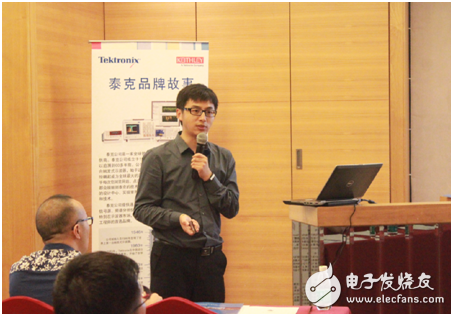
Mr. Ye Haosheng, Technical Director of Tektronix Technology
Accuracy, precision, precision, and important things are said three times. Mr. Ye Shengsheng said that accuracy is the most important part of power testing. Only when the test accuracy meets the requirements can the actual data of all stages of the wearable device be accurately obtained and an excellent design can be completed. In this regard, Mr. Ye Shengsheng brought us a 6-and-a-half-measurement high-performance power supply---2280S high-precision power supply and DMM7510 7-digit half-touch screen digital multimeter.
Mr. Ye Shengsheng pointed out that a 2280S high measurement accuracy power supply = high performance power supply + 6 digits and a half digital multimeter + data acquisition and analysis system, this power supply equipment can meet the requirements of low sampling accuracy, test current accuracy to uA level In addition, the 2280S can also provide the user battery simulator function, which can test the battery charge and discharge. For example, when the power consumption reaches 50%, the user can set the current device power to simulate whether the device can operate normally.
The DMM75107 is the first touch-screen multi-meter multimeter in the mainstream test and measurement industry. It combines a high-precision 7-and-a-half-meter multimeter with a sampling rate of up to 1M and a 5-inch graphical touch screen display. Mr. Ye Shengsheng mentioned that the current of the wearable device changes rapidly, and only the sampling rate is high enough to completely capture the waveform of the current change. The DMM75107 is up to 18bit, and the sampling rate of 1M can meet everyone's design test requirements.
From a test perspective, how to choose a Bluetooth module?
The era of the Internet of Things has arrived. By 2015, there will be about 4.9 billion networked electronic devices on the market, and this number will reach 25 billion by 2020. As a result, more and more design developers are entering the Internet of Things. As the Big Brother of Internet of Things applications, Smart Bluetooth is the research object of choice for design developers.
If your product needs to have Bluetooth, then where do you consider, test, and evaluate Bluetooth products? Mr. Zhao Shuguang, Product Manager of Shenzhen Ritu Technology, brought us Tektronix' comprehensive Bluetooth test solution - SignalVU-PC vector analysis software + RSA306 real-time spectrum analyzer.
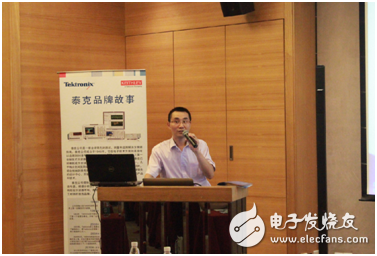
Mr. Zhao Shuguang, Product Manager, Ritu Technology
In the introduction, Mr. Zhao Shuguang mentioned that SignalVU-PC can analyze three main Bluetooth standards: basic rate, enhanced rate and the latest low power consumption. During the test, the corresponding test standard is selected, and SignalVU-PC can get the result of pass/fail with one-click operation.
In addition, Mr. Zhao Shuguang also gave us a live demonstration of the RSA306 Bluetooth emission performance test, testing the most basic performance of Bluetooth, including 20db bandwidth, in-band spurs, modulation frequency, frequency deviation and output power.
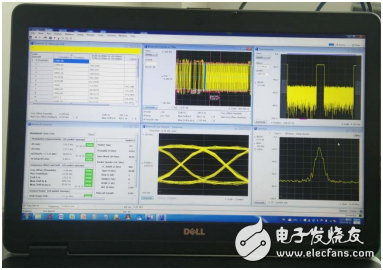
Breaking test barriers in time and frequency domains
In our normal life, wireless can be said to be ubiquitous. The time domain and frequency domain tests have always been independent of each other. Time domain engineers observe signal conditions during analysis and only perform time domain logic analysis. The frequency domain engineers only grab the spectrum and pay attention to the test frequency and power. Now Tektronix brings us a new measurement perspective – mixed domain joint analysis.
Mr. Ye Shengsheng introduced us to the Tektronix hybrid domain analyzer MDO4000B. It emphasizes that the MDO4000B can observe digital signals, analog signals and radio frequency signals on the same time axis, and trigger the capture of the required spectrum. It can record the spectrum changes for easy observation. Spectrum changes over time, including time, frequency, and power display. Not only that, the MDO4000B is also capable of recording spectral changes, enabling amplitude, frequency, demodulation, and vector analysis of RF signals. Ultimately, MDO4000B can help us to solve the continuous analysis in both time and frequency domains and improve test efficiency.
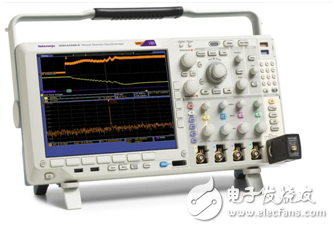
In addition, Mr. Ye Shengsheng also introduced other applications using the MDO4000B cross-domain analysis - EMI test. In the normal use of the product to be tested, the near-field probe is used to approach the signal radiated by the object to be tested, and then transmitted to the receiver spectrum analyzer to obtain the power value of the noise of different frequencies.
Tektronix RF Innovation Solutions
In the Internet of Things, wireless technologies include: RFID, Zigbee, Bluetooth, WiFi, mobile communications, etc. Currently, the main test challenge in designing these RFs is the choice of RF technology/modules. For example, the choice of RF technology includes frequency, network topology, transmission distance and energy consumption.
Mr. Zhao Shuguang brought us Tektronix high-performance spectrum analyzer: RSA306, up to 40M bandwidth analysis. Introduce the core technology of RSA306—the application of real-time spectrum display (DXP) technology: improve the probability of finding sporadic signals, distinguish signals of different frequencies at the same frequency, and turn dynamic signals into static. In the introduction, Mr. Zhao also mentioned that the traditional spectrum analyzer uses the sweep analysis method, while the RSA306 uses the real-time FFT to analyze the frequency up to 100uS, which is the industry leader.
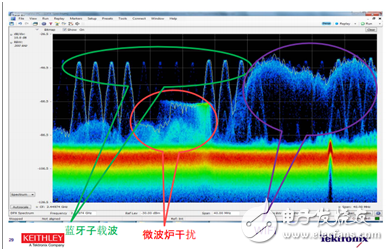
Figure uses RSA306 to detect signals
Microphone:
Microphone is a kind of electrets microphone unit for audio input. It is a transducer which can transduce audio signal into electric signal. It is also called receiver. It is widely used in many industries which need audio input.
Our main microphones include:
1) From the diameter: we have microphones in 4mm~10mm.
2) From the direction, we have omni-direactional and one-directional micphones.
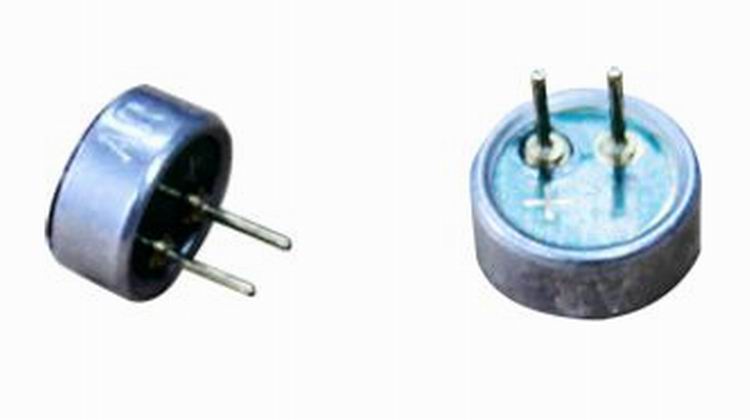
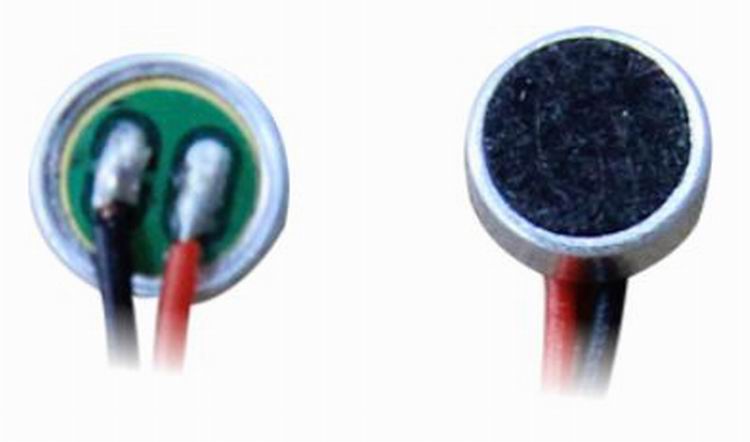

FAQ
Q1. What
is the MOQ?
XDEC: 2000pcs for one model.
Q2. What is the delivery lead time?
XDEC: 15 days for normal orders, 10 days for urgent orders.
Q3. What are the payment methods?
XDEC: T/T, PayPal, Western Union, Money Gram.
Q4. Can you offer samples for testing?
XDEC: Yes, we offer free samples.
Q5. How soon can you send samples?
XDEC: We can send samples in 3-5 days.
Electric Microphones,Usb Microphone,Digital Microphone,Stage Microphone
Shenzhen Xuanda Electronics Co., Ltd. , https://www.xdecspeaker.com